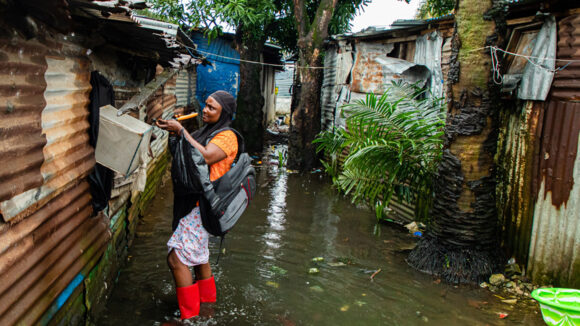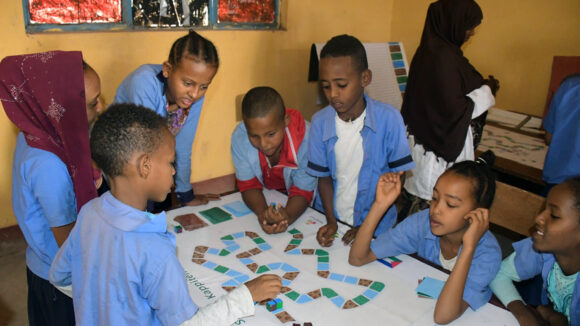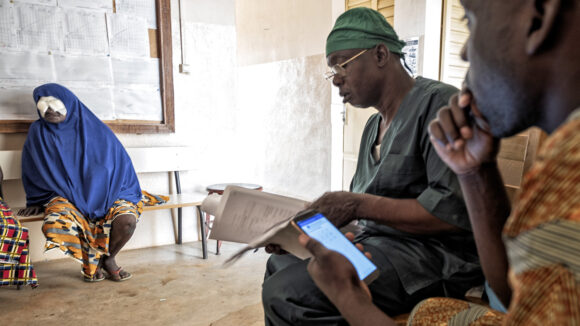Our recipe to eliminate NTDs
Learn how Sightsavers and partners are combining all the vital ingredients to banish neglected tropical diseases for good.

 Ingredients
Ingredients
Neglected tropical diseases affect more than a billion people around the world and can cause severe and lifelong impairment.
Yet they can be prevented, treated and, in many cases, eliminated.
The recipe to eliminate neglected tropical diseases brings together a variety of ingredients: the communities, partners, health workers, donors and governments who are needed to banish NTDs.
When all of these are combined, we can create a society free from the burden of NTDs where communities can thrive.
Follow our recipe below to learn how together we can beat NTDs.
Step 1: Carry out initial surveys
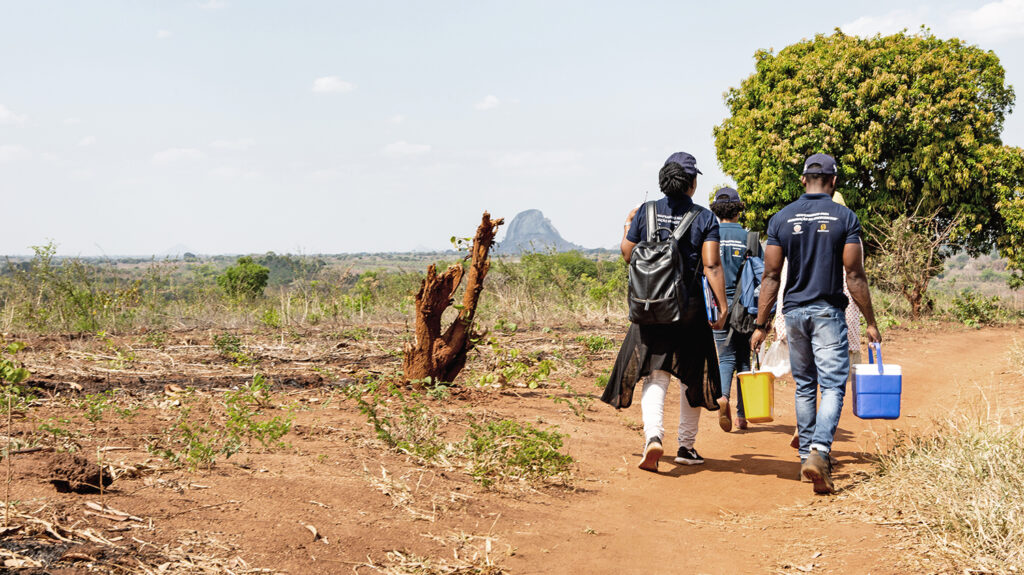
“It went well – I don’t have a tummy ache any more!”
Norbertine, Cameroon
Step 2: Roll out treatment programmes
The most effective way to eliminate most NTDs is by distributing preventative medicine to people at risk. We know it takes a global village to eliminate a disease, and thanks to partners, donors and pharmaceutical companies who donate treatments to fight NTDs, we are able to reach those most at risk.
By putting local communities at the centre of these efforts, we can ensure medication reaches the right people, and that those people feel comfortable accepting treatment.
How we’re protecting thousands of children from intestinal worms each year
Step 3: Manage the burden of disease among patients
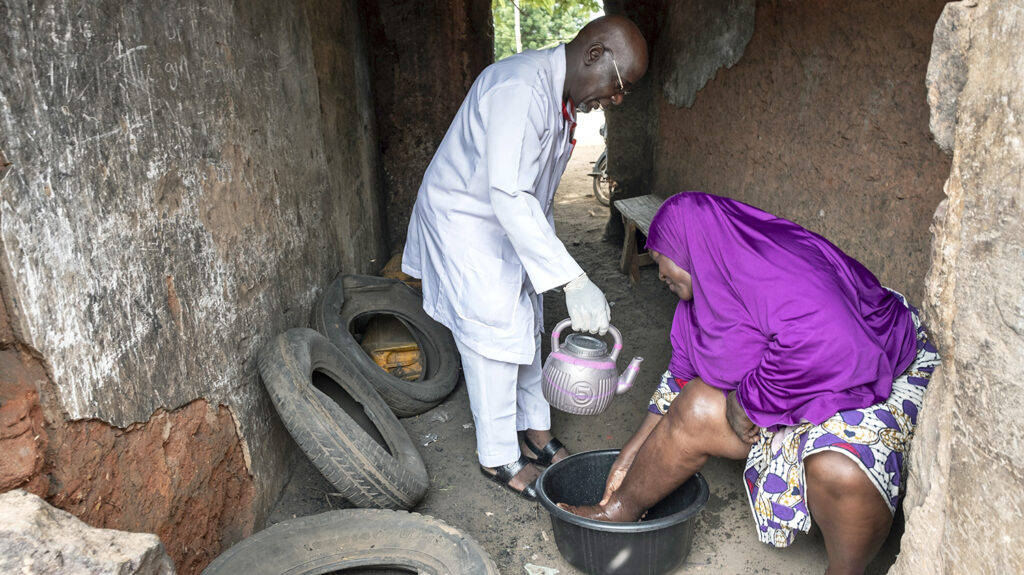
Step 4: Carry out research
NTD programmes should be supported by high-quality research. This can help organisations to find new solutions and add to global knowledge about eliminating NTDs.
Global research is being carried out in areas including medication, vector control, data collection and use, and how to include remote populations in treatment programmes.
How mosquitoes are helping us to research the spread of disease in Liberia
Step 5: Leave no one behind
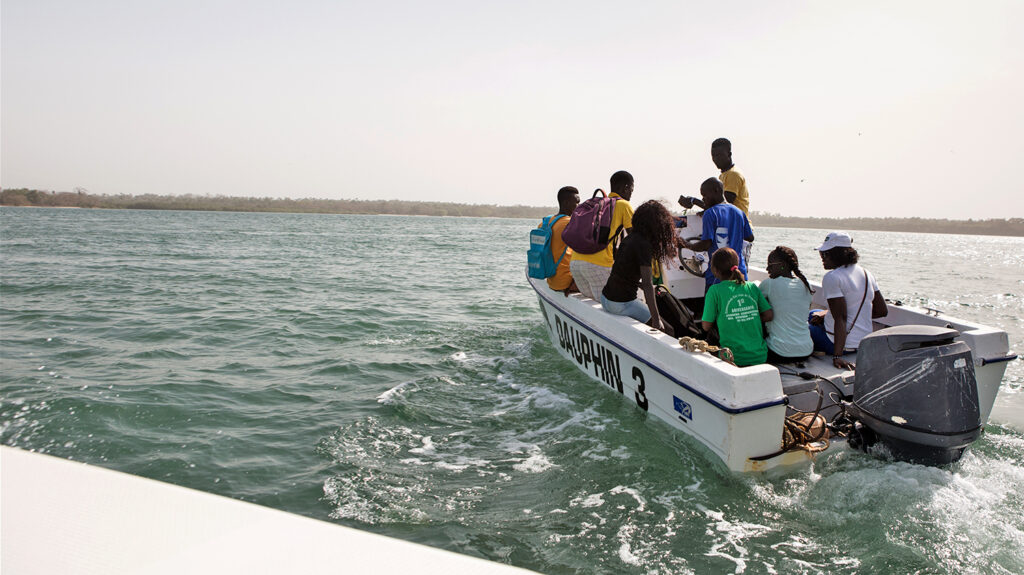
“Thanks to the game, we have learned about the importance
of hygiene.”
Charles, Kenya
Step 6: Work across sectors
To beat NTDs we must work in partnership, and one key example is the collaboration between the NTD sector and the water, sanitation and health (WASH) sector. Many NTDs spread more easily in areas where there isn’t enough access to water and sanitation, so improving WASH infrastructure can have a big impact in the fight against disease. By combining data from these sectors, governments and partners can learn where investment is needed.
Many WASH initiatives are underpinned by social behaviour change, which aims to improve people’s health by influencing their knowledge, attitudes and social norms. There is no ‘one-size-fits-all’ solution for the WASH approach, as customs and practices are culturally unique so the method needs to be tailored to each area.
Step 7: More surveys
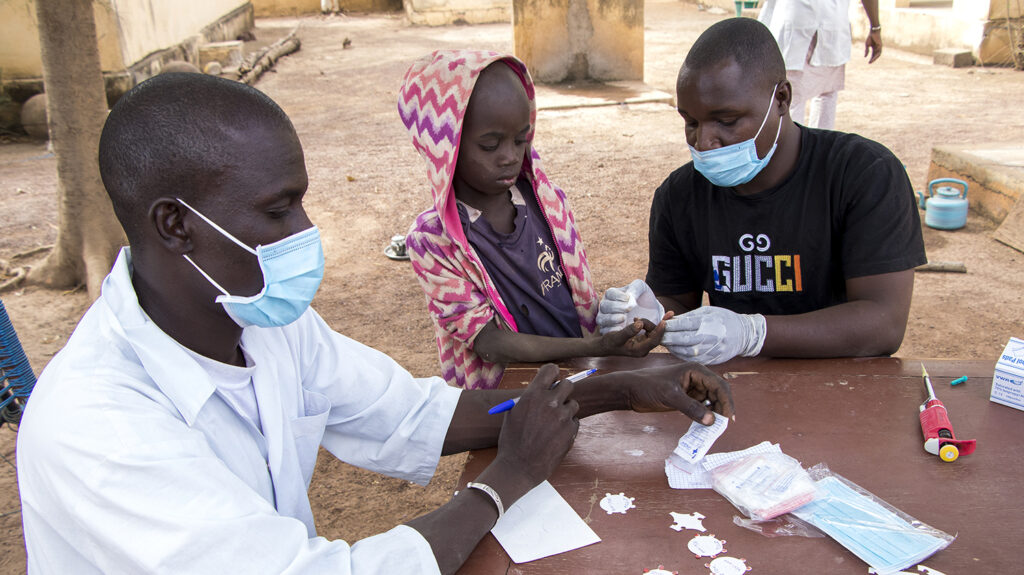
Step 8: Improve data collection
Most countries have a national health information system that acts as a central hub for data about health services. However, data from NTD programmes is not always included, meaning the programmes are less visible and may miss out on government funding.
To eliminate these diseases, governments need to make sure they are collecting data about treatment programmes and the prevalence of disease, and that they have the resources and processes in place to act on the data.
Trachoma trackers in action: how mobile phones are gathering data to save sight
Step 9: Improve local healthcare
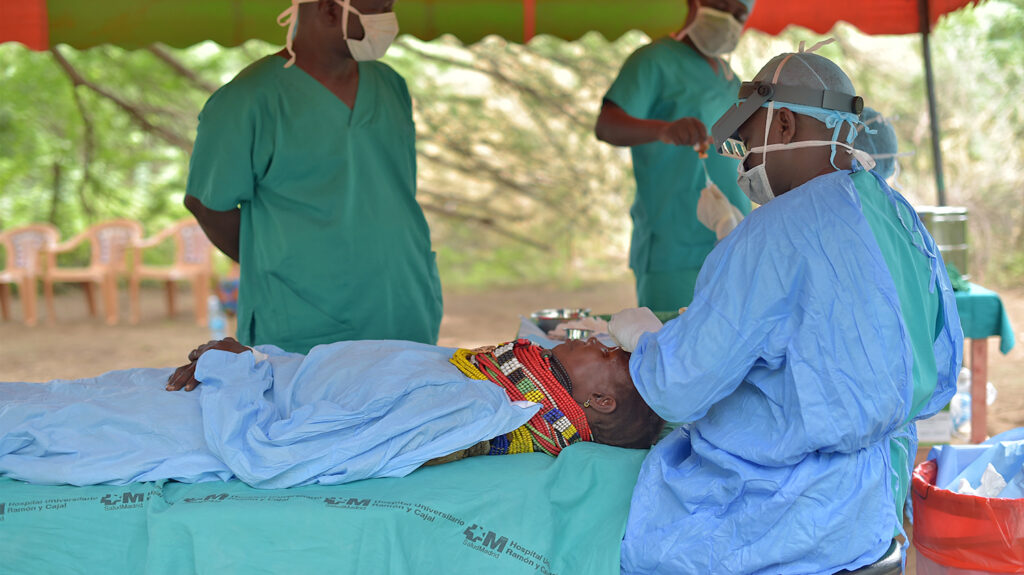
Final step: Declare elimination!
This step, which everyone is aiming for, represents a massive achievement for governments and their partners. However, this is not the end: countries will need to maintain the structures for carrying out surveillance surveys to ensure that the disease does not resurface. Governments will also need to continue investing in health infrastructure and staff training to make sure that when people do catch NTDs, the health system is able to treat them.
Sightsavers has supported both Ghana and The Gambia in their efforts to eliminate trachoma. Balla Musa Joof, who was Sightsavers’ country director for The Gambia during the trachoma elimination programme, said: “After decades of hard work, our children can grow up without fear of this disease, and our government can direct resources toward tackling other health issues.”
Meet the people involved in The Gambia’s trachoma elimination, and read about Ghana’s achievement
“We have shown that elimination is possible. It’s a huge task, but with collaboration and partnership, it can be done.”
Balla Musa Joof, Sightsavers

How you can help us beat NTDs

Become a donor institution
Vital funding from governments and other institutions will ensure we can continue our fight to eliminate debilitating neglected tropical diseases.
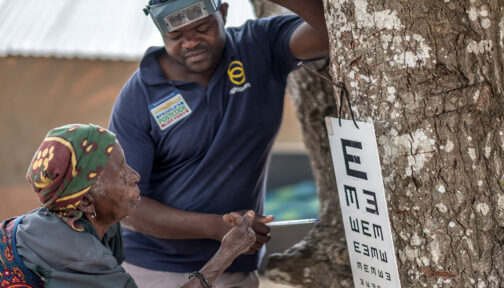
Become a corporate partner
A corporate partnership with Sightsavers can add value to your business and fund our life-changing work. Your generous support can have a huge impact.

Make a donation
Every gift you give helps change lives for people in some of the world’s poorest countries. With your help, we can continue to treat and prevent devastating diseases such as trachoma.

